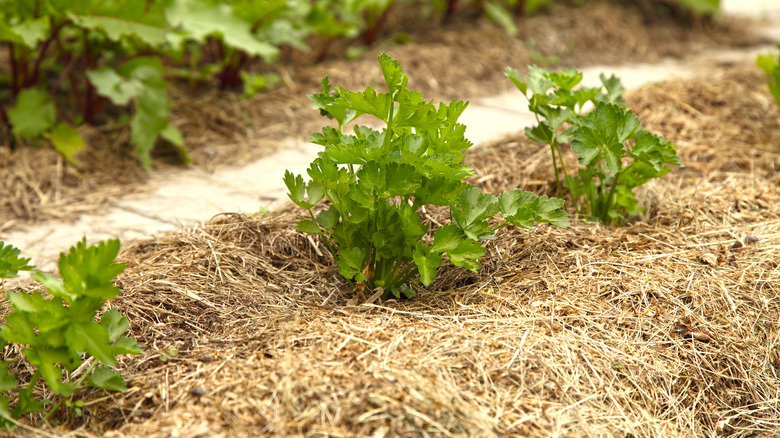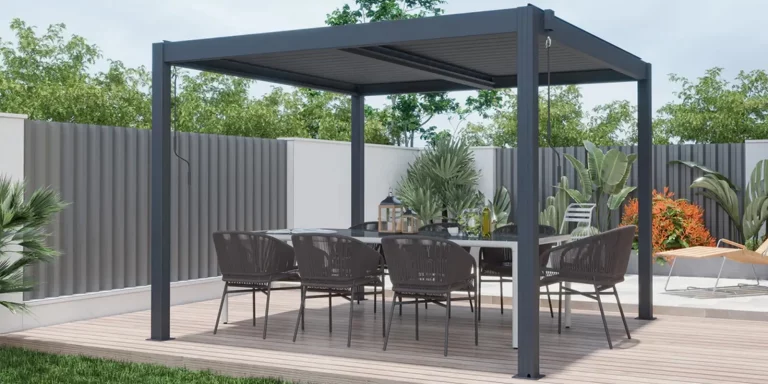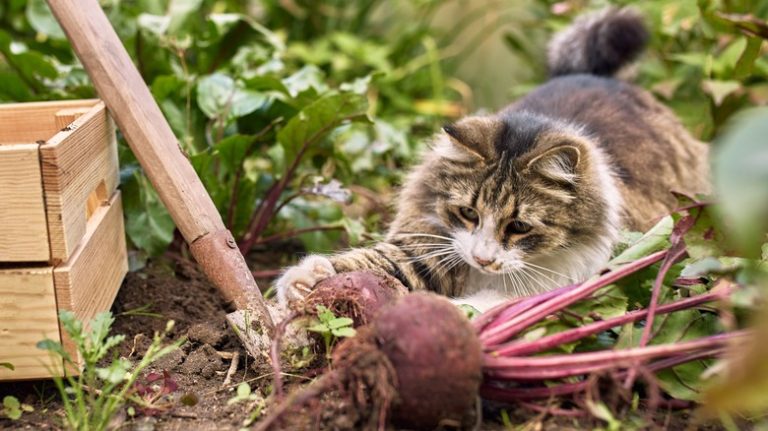You can’t beat the crispy crunch of a celery stalk. While that crunch is delicious mixed into chicken salad or slathered in peanut butter, it’s even better when the stalk is sweet. Celery can become bitter if you don’t take the right steps while growing it. Blanching is when you cover up the stalks to hide them from the sun, which prevents photosynthesis — and it’s the key to getting sweet celery.
Photosynthesis is what turns celery green and eventually bitter. By keeping them in the dark, you’ll end up with whiter stalks that lack bitterness. It may not be the traditional green celery you’re familiar with, but you’ll love the flavor. You probably won’t see this type of blanched celery in the grocery store very often, since the non-blanched version is more popular. Self-blanching celery varieties are also available but can be difficult to find, so blanching your own is a great alternative.
How to blanch your celery

Celery can grow up to 2 feet tall, leaving you with quite a bit of stalk to cover up. A simple way to do it is to pile up mulch around the celery. Build it up until it’s just under the leaves, making sure the leaves stay exposed to the sunlight to continue growing. Begin blanching two or three weeks before it’s time to harvest. Doing it sooner or later could affect the correct growth of the celery.
Mulch makes a great blanching material because you can easily recycle it when you’re done. After harvesting the celery, spread the mulch out over the ground, and it’s ready for your next crop. If you don’t have extra mulch or want to try something different, try tying cardboard or newspaper around the stalks to block out the sunlight, which works just like mulch. When you’re done, you can add these materials to your DIY compost bin or save them for your next celery crop.



